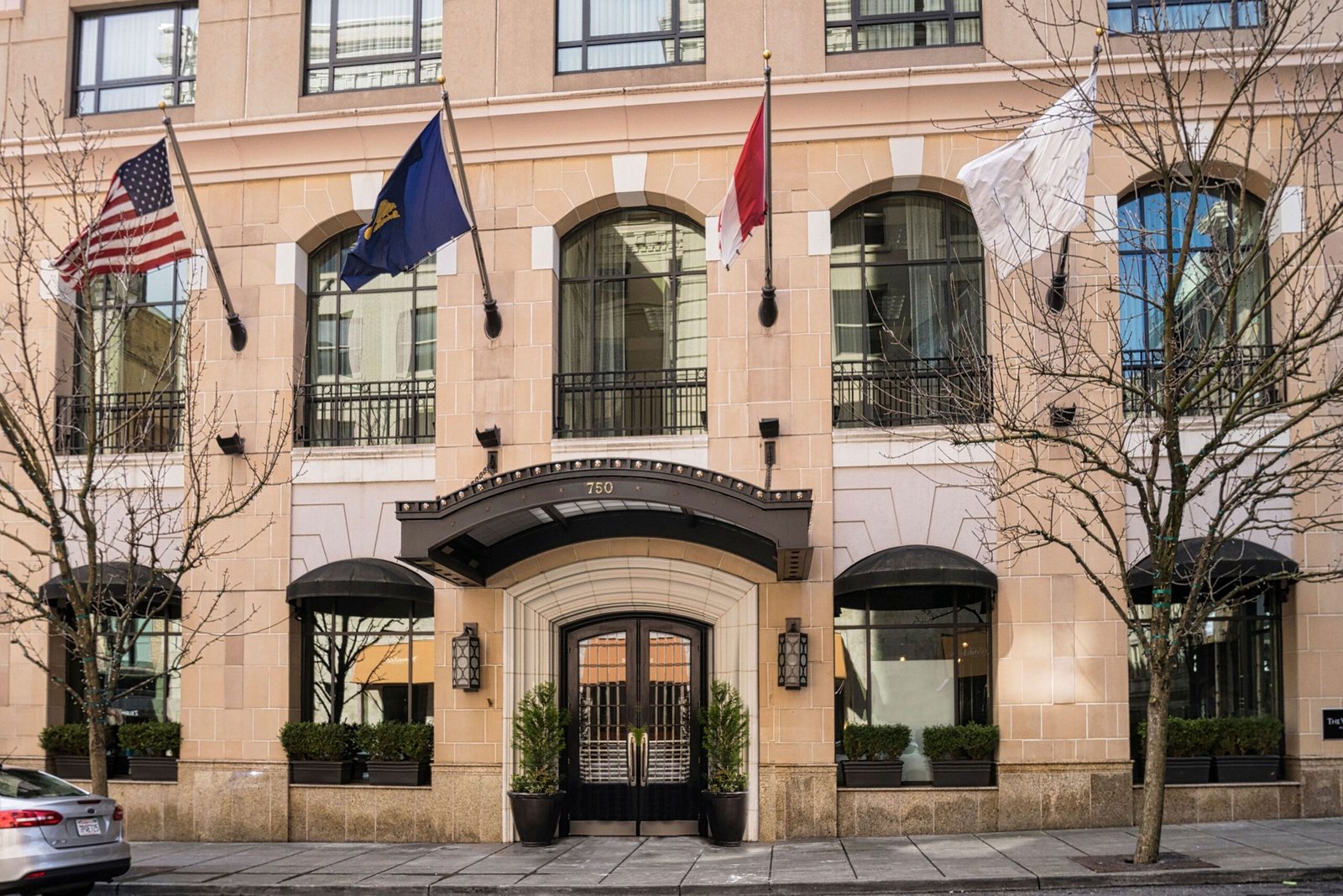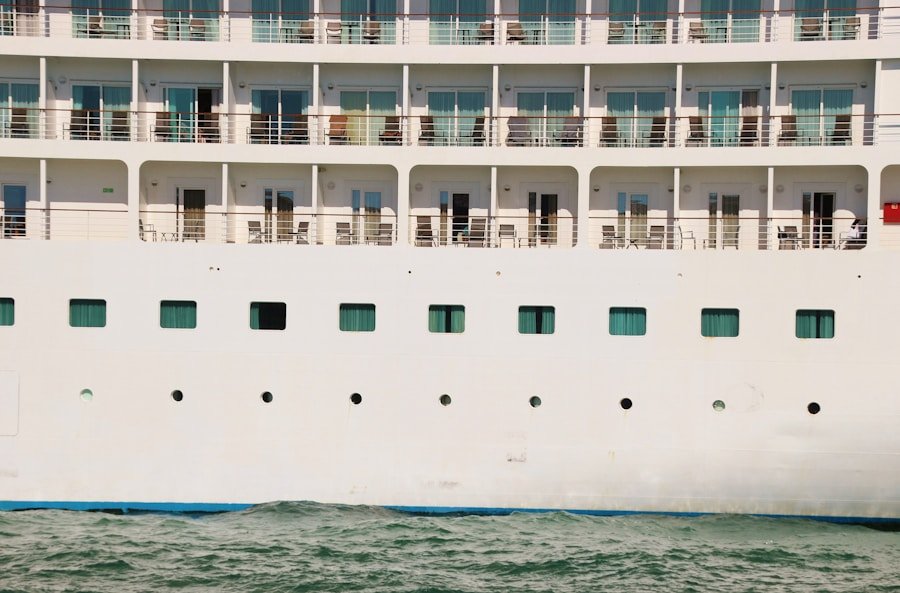The Panama Canal is a man-made waterway that connects the Atlantic and Pacific Oceans, cutting across the Isthmus of Panama. The idea of creating a canal through Panama dates back to the early 16th century when Spanish conquistadors first arrived in the region. However, it wasn’t until the late 19th century that the construction of the canal began in earnest. The French were the first to attempt building the canal in the 1880s, but due to engineering challenges and high mortality rates among workers, they were forced to abandon the project. It wasn’t until 1904 that the United States took over the construction of the canal, which was finally completed in 1914.
The significance of the Panama Canal cannot be overstated. It has had a profound impact on global trade and transportation, allowing ships to bypass the lengthy and treacherous journey around the southern tip of South America. The canal has also been a major source of revenue for Panama, as ships pay tolls to use the waterway. In addition, the canal has had a significant impact on geopolitics, as it has been a strategic asset for both military and commercial purposes. Overall, the Panama Canal has played a crucial role in shaping the modern world and continues to be a vital artery for global commerce.
Navigating the Locks: A Feat of Engineering
One of the most impressive aspects of the Panama Canal is its system of locks, which allow ships to be raised and lowered as they pass through the canal. The locks are an incredible feat of engineering, using a series of chambers and gates to control the water levels and safely guide ships through the canal. The original locks, built by the United States, are still in use today, although a new set of locks, known as the Panamax locks, were completed in 2016 to accommodate larger ships.
Navigating the locks is a complex process that requires precision and skill. As a ship enters the lock chamber, it is guided by tugboats and locomotives called “mules” that help to keep the vessel centered and prevent it from hitting the walls. The gates are then closed behind the ship, and water is either added or drained from the chamber to raise or lower the ship to the level of the next section of the canal. Once the water levels are equalized, the gates at the other end of the chamber are opened, and the ship continues on its journey. The entire process is a testament to human ingenuity and has made the Panama Canal one of the most remarkable engineering achievements in history.
Exploring the Natural Beauty of the Panama Canal
In addition to its engineering marvels, the Panama Canal is also home to some of the most stunning natural beauty in Central America. The canal cuts through lush rainforests and tropical landscapes, providing visitors with breathtaking views of exotic flora and fauna. One of the best ways to experience this natural beauty is by taking a boat tour along the canal, where you can see towering trees, vibrant flowers, and an array of wildlife.
The Panama Canal is also surrounded by several national parks and nature reserves, such as Soberanía National Park and Barro Colorado Island, which offer opportunities for hiking, birdwatching, and wildlife spotting. These protected areas are home to a diverse range of species, including monkeys, sloths, toucans, and countless other animals that thrive in this rich ecosystem. Exploring the natural beauty of the Panama Canal is a truly unforgettable experience that allows visitors to connect with nature in a unique and awe-inspiring way.
Wildlife and Biodiversity Along the Canal
The Panama Canal is not only a marvel of human engineering but also a haven for biodiversity. The surrounding rainforests and waterways are teeming with a wide variety of plant and animal species, making it a hotspot for ecotourism and wildlife enthusiasts. The canal’s unique location at the crossroads of two continents has led to an incredible diversity of flora and fauna, with many species found nowhere else on Earth.
The canal is home to over 1,000 species of trees and more than 10,000 species of plants, making it one of the most biologically diverse areas in the world. In addition to its rich plant life, the canal is also home to an impressive array of wildlife, including jaguars, ocelots, tapirs, and numerous species of monkeys and birds. The surrounding waters are also home to a variety of marine life, including dolphins, manatees, and countless species of fish. The Panama Canal’s rich biodiversity makes it a must-visit destination for anyone interested in experiencing nature at its most vibrant and diverse.
The Panama Canal: A Gateway to Global Trade
The Panama Canal has long been a vital artery for global trade, providing a crucial link between the Atlantic and Pacific Oceans. The canal has significantly reduced travel times for ships traveling between North and South America, Europe, and Asia, making it an essential route for international commerce. The ability to bypass the lengthy journey around South America’s Cape Horn has saved countless hours and fuel costs for shipping companies, making it one of the most important trade routes in the world.
The expansion of the Panama Canal in 2016 with the addition of new locks has further increased its capacity to accommodate larger ships, known as “New Panamax” vessels. This expansion has allowed even more goods to be transported through the canal, further solidifying its position as a key player in global trade. The Panama Canal’s strategic location and importance in facilitating international commerce have made it an indispensable asset for businesses and economies around the world.
The Impact of the Panama Canal on World History
The construction and operation of the Panama Canal have had a profound impact on world history. The canal’s completion in 1914 revolutionized global trade by providing a shortcut between the Atlantic and Pacific Oceans. This not only facilitated faster shipping routes but also had significant geopolitical implications by allowing for quicker movement of military vessels between oceans. The strategic importance of controlling this vital waterway has led to conflicts and negotiations between nations throughout history.
The United States’ involvement in building and controlling the canal also had far-reaching consequences for its relationship with Latin America. The construction of the canal was met with resistance from Panamanian nationalists who sought independence from Colombia, leading to U.S. support for Panama’s bid for sovereignty. This intervention set a precedent for U.S. involvement in Latin American affairs that would continue throughout the 20th century. The Panama Canal’s impact on world history cannot be overstated, as it has shaped global trade patterns, influenced international relations, and left an indelible mark on the modern world.
Tips for Planning a Memorable Panama Canal Cruise
If you’re considering a cruise through the Panama Canal, there are several tips to keep in mind to ensure a memorable experience. First and foremost, choose a cruise line that offers an itinerary with ample time spent navigating through the canal. Some cruises only pass through part of the canal or do so at night, so be sure to select a cruise that allows for daytime transit through this iconic waterway.
Another tip is to research shore excursions offered at various ports along the canal route. Many cruise lines offer guided tours to explore nearby national parks, wildlife reserves, and historical sites that provide a deeper understanding of the region’s natural beauty and cultural heritage. Additionally, be sure to pack binoculars and a camera to capture up-close views of wildlife and stunning landscapes along the way.
Lastly, take advantage of onboard educational programs about the history and engineering marvels of the Panama Canal. Many cruise lines offer lectures from experts who provide fascinating insights into this iconic waterway’s significance and impact on global trade. By following these tips and planning ahead, you can make your Panama Canal cruise an unforgettable journey filled with natural beauty, wildlife encounters, and rich historical experiences.



